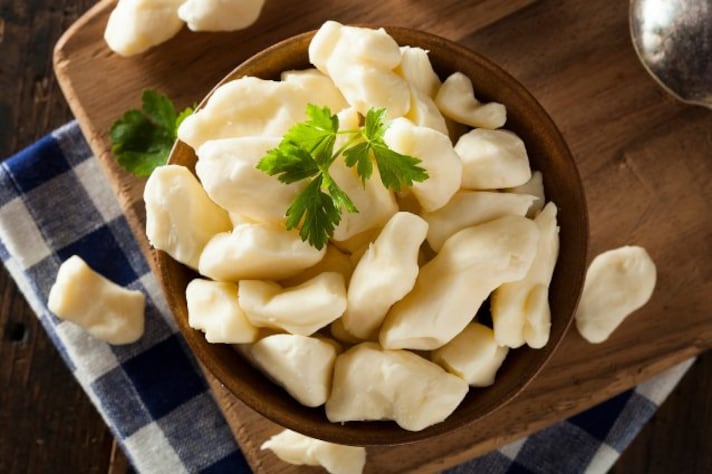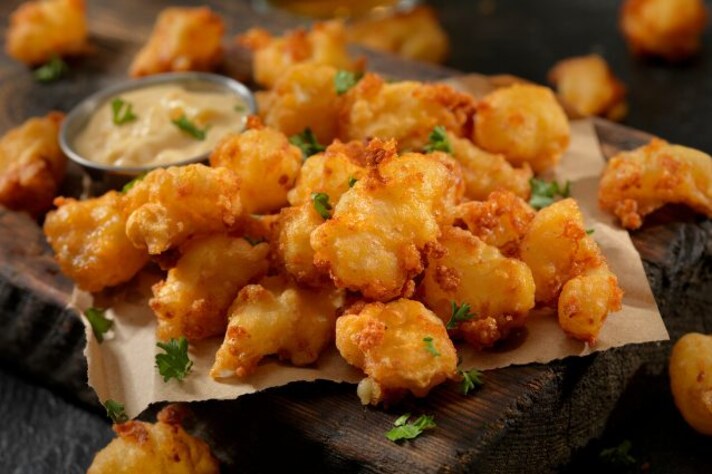
Cheese curds are often misunderstood, sparking questions like: Are they illegal in some places? Are they just fried mozzarella sticks in disguise? Is this simply cottage cheese by another name? Despite the confusion, cheese curds are a beloved delicacy, particularly in certain regions like Wisconsin and Canada. What makes them so unique?
What Exactly Are Cheese Curds?
Cheese curds are the fresh, squeaky bits of curdled milk that form during the early stages of cheese-making. They’re typically made from cow’s milk, either in small batches at home or on a larger scale at dairies. The process involves separating the curds from the whey during cheese production, leaving you with little chunks of unaged, fresh cheese. Their texture is soft and springy, and when eaten fresh, they make a signature "squeak" sound against your teeth. Flavor-wise, cheese curds are mild and milky, with a subtle tang. Think of them as the halfway point between ricotta and mozzarella, though with a slightly more playful bounce in your mouth.

What Cheese Curds Aren’t
There’s a lot of confusion about cheese curds, so let’s set the record straight. No, they’re not just fried mozzarella sticks, though they can be battered and fried to delicious effect. Cheese curds are a product of the cheese-making process, not a specific type of cheese like cheddar or brie. They’re also not the same as soft cheeses or cream cheese, though their soft, squeaky texture might make some people think otherwise. And as for cottage cheese? Definitely not the same thing! While both come from curdled milk, cottage cheese curds are smaller and wetter, lacking that satisfying squeak that cheese curds are famous for.
What Makes Cheese Curds So Special?
So, what’s all the fuss about cheese curds? First and foremost, their squeak is a culinary experience like no other. That distinctive squeaky texture is a sign of freshness, a unique quality that fades after just a day or two, which is why cheese curds are often best eaten fresh. Their versatility is another huge plus. Whether they’re enjoyed raw, fried, or smothered in gravy for poutine, cheese curds are adaptable. And because they’re unaged, their mild flavor can easily take on the profile of any dish you add them to, making them a fun, flexible ingredient for both savory and sweet recipes.

Substitutes for Cheese Curds
If you can’t get your hands on authentic cheese curds, don’t worry! There are a few suitable substitutes that can mimic their texture and flavor in recipes. Fresh mozzarella, especially if it's slightly dried out, can offer a similar soft chewiness, although it lacks the famous squeak. Halloumi is another good option due to its firm texture and mild taste, and when fried, it delivers a similarly satisfying bite. In a pinch, young, mild cheeses like queso fresco or paneer can also stand in as a decent alternative, though their texture will be slightly different. Just be warned: while these substitutes may be tasty, nothing quite matches the squeaky magic of fresh cheese curds.
;Resize,width=767;)
